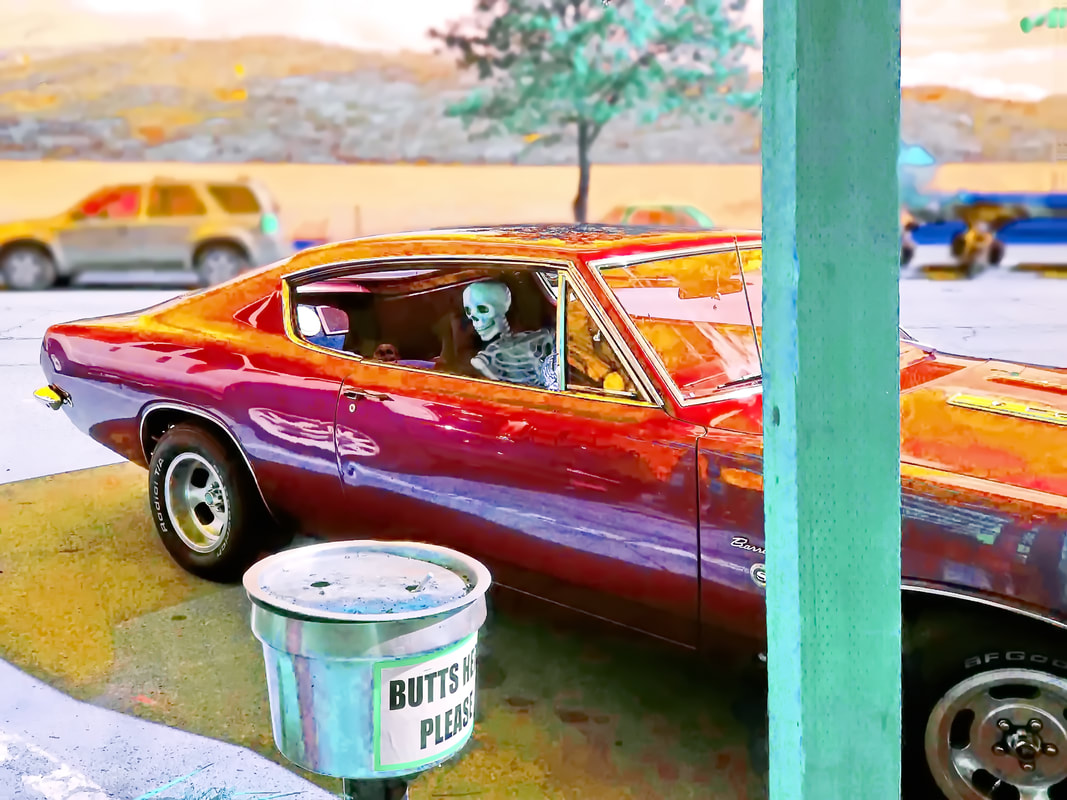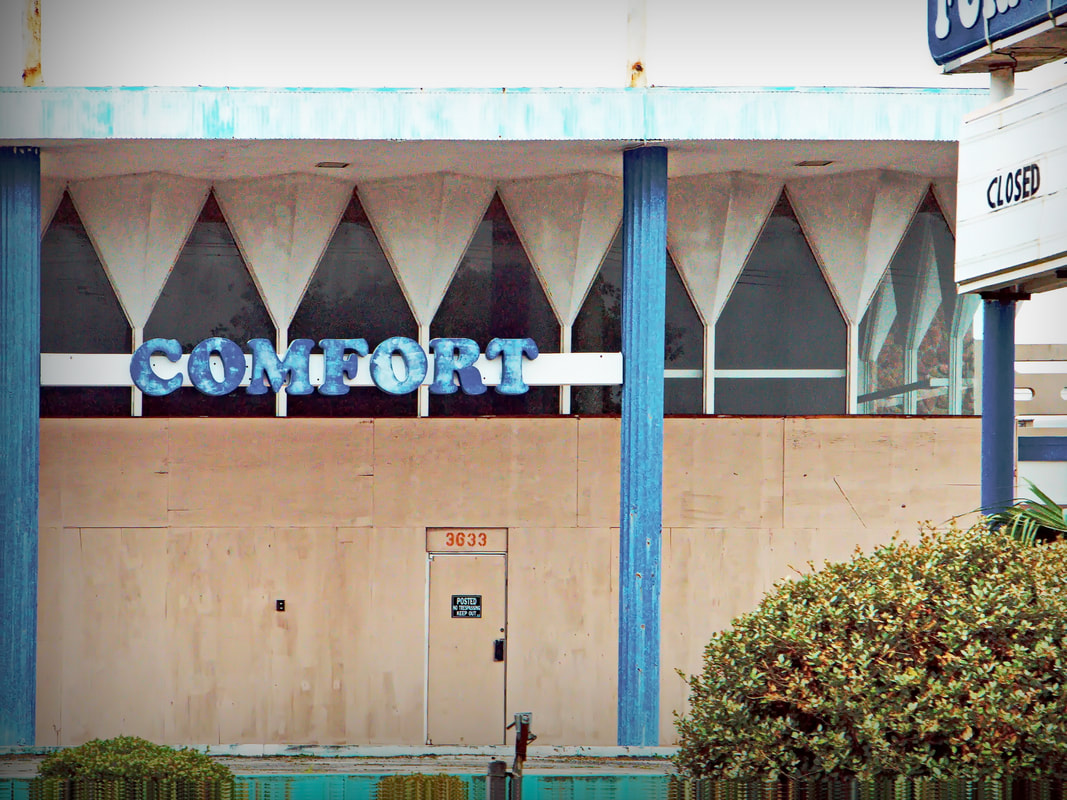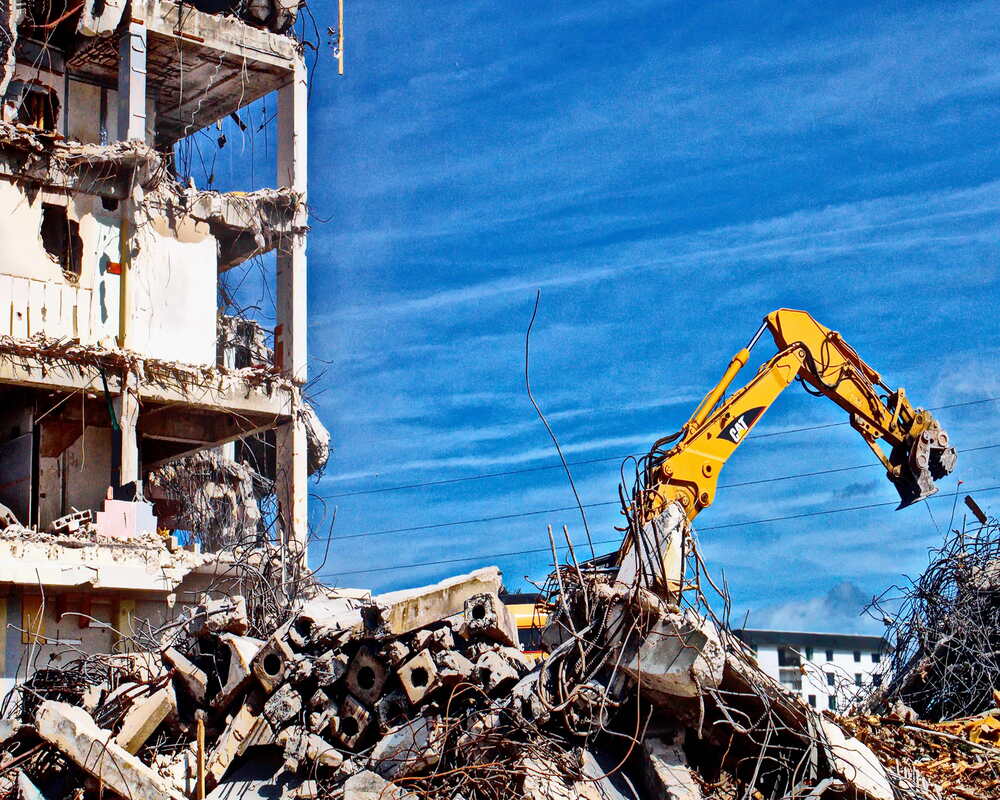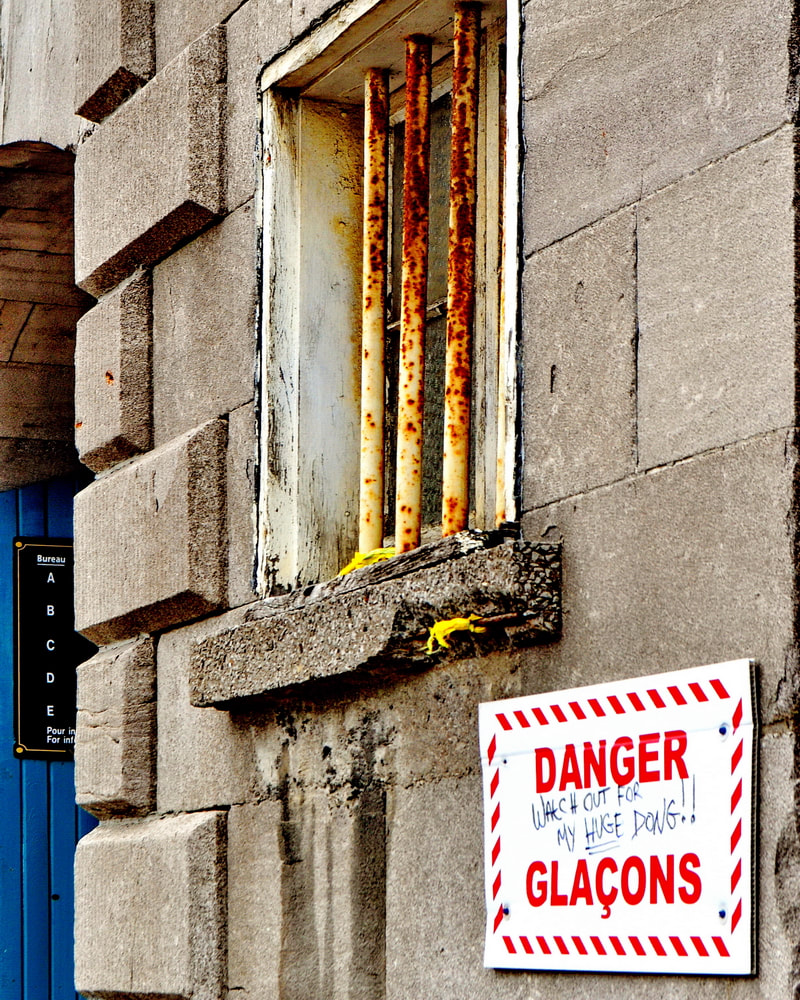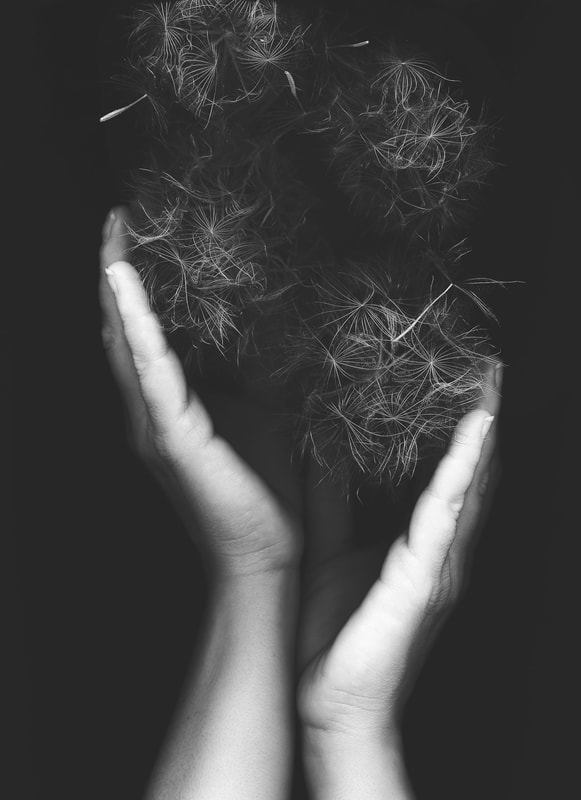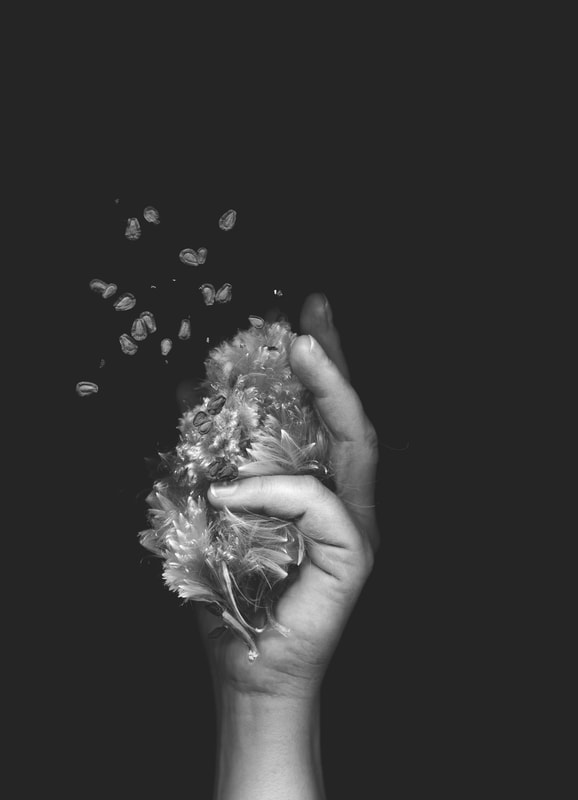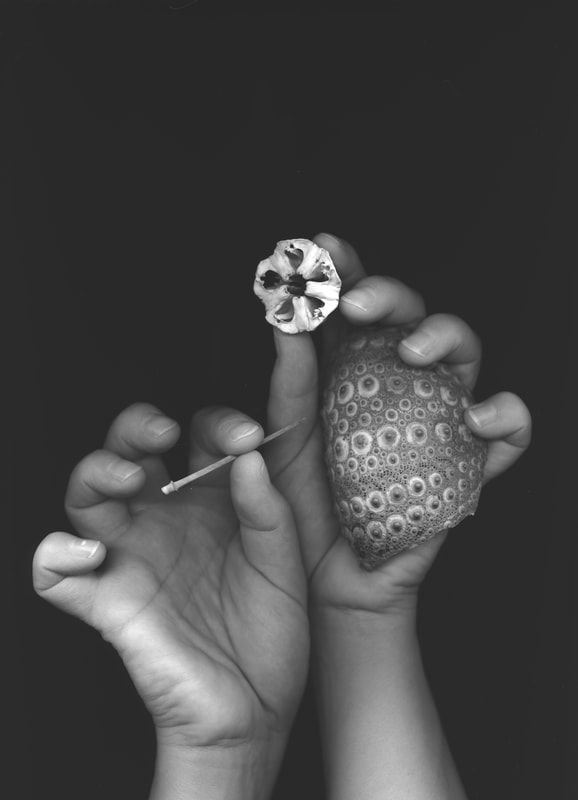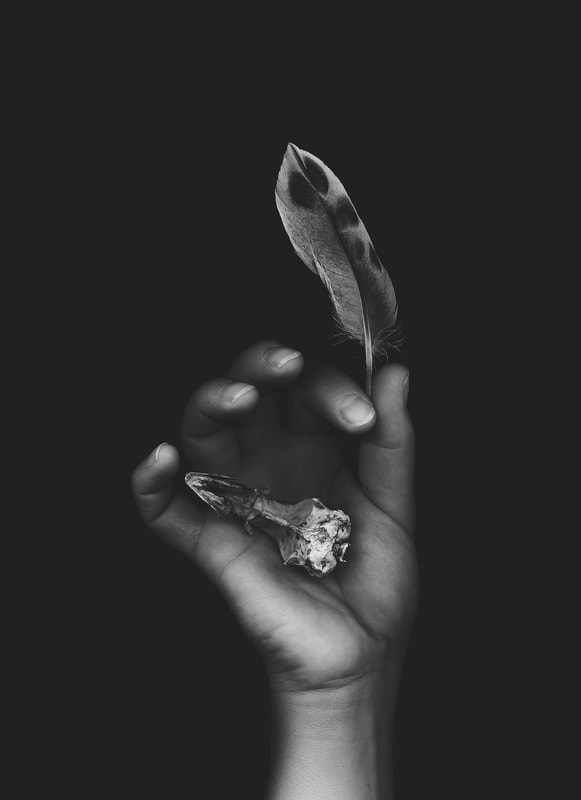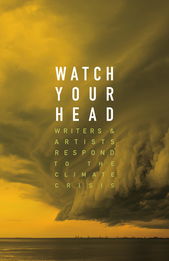|
1/10/2021 PHOTOGRAPHY: KERRY rawlinsonStatement My creative leaning is expressionistic, towards exposing the battle-lines of people vs place; the examination of the edges & intersects of nature/ construct, culture/ chaos, order/ anarchy, failure/ success; what emerges from people, collectively, and what happens when we’ve disappeared. Decades ago, autodidact/ bloody-minded optimist kerry rawlinson gravitated from sunny Zambian skies to solid Canadian soil. Now she stalks Literature & Art’s Muses around the Okanagan Valley, still barefoot, forgetting to eat. Some contest achievements: Winner, Edinburgh International Flash Fiction Award; Hon. Mention, Fish Poetry Prize; CAGO Online Gallery. Newer pieces in Foreign Literature, Synchronized Chaos, Across The Margin, Painted Bride, Tupelo Quarterly, Connecticut River Review, Pedestal, Boned, Arc Poetry, amongst others. Visit tumblr; Tweet @kerryrawli
11/7/2020 PHOTOGRAPHY: JULYA HAJNOCZKYARTIST STATEMENT My artistic practice concerns a critical examination of human relationships with the natural world and how ecosystems are changing in the anthropocene. I spend time researching ecosystems and the connections within them, particularly via site visits and consultation with scientists and lay experts. My multidisciplinary practice involves collecting materials following ethical foraging practices (plants, feathers, bones, fungi and lichen specimens, for example) from natural environments, or accessing museum collections for use as raw material in making work, and as reference material. These large-scale still life images are produced using a high-resolution scanner as my camera: specimens collected during site visits are arranged on the glass, in groupings that serve to illustrate connections in Canadian ecosystems that may not be immediately apparent to a casual observer. The images are elegiac, dark, mourning, representing not contemporary specimens but rather, recontextualized, some last remaining pieces of a fragmented world, floating in the void. The concepts that I seek to explore with my work – encouraging a sense of wonder, interest, and respectful stewardship with regards to the natural environment – are becoming more and more relevant. It is with increasing unease that I observe developments in human behavior at home and abroad, at the individual and institutional level, that impact negatively on the continued functioning of the complex ecosystems that we humans are part of. I feel that one of my roles as an artist is to interpret events around me and draw attention to matters of political, social, and environmental importance, and so my artistic practice aims to cultivate a deep attention to the details and intricacies of natural ecosystems, and to examine human relationships with the natural world. My pieces attempt to frame the work of plants and animals in terms that are easier for humans to understand, and potentially empathize or identify with. I hope to inspire a sense of wonder or fascination, and encourage the viewer to consider the energy and resources that go into the constant cycle of building and decay in complex environments and ecosystems. Julya Hajnoczky was born in Calgary and raised by hippie parents, surrounded by unruly houseplants, bookishness and art supplies, with CBC radio playing softly, constantly, in the background. It was inevitable, then, that she would grow up to be an artist. She holds a BA in French from the University of Calgary and a BDes in photography from the Alberta College of Art + Design. Her multidisciplinary practice includes digital and analog photography, fibre art, and book and paper sculpture, and seeks to ask questions and inspire curiosity about the complex relationships between humans and the natural world. Her most recent adventures, supported by grants from the Calgary Arts Development Authority and the Alberta Foundation for the Arts, involved building a mobile natural history collection laboratory (a combination tiny camper and workspace, the Al Fresco Science Machine), and exploring the many ecosystems of Western
Canada, from Alberta’s Writing-on-Stone Provincial Park, to the Gwaii Haanas National Park Reserve in BC and Wood Buffalo National Park, NWT. If she's not in her home studio working on something tiny, she's out in the forest working on something big. See more of Julya’s work at obscura-lucida.com 10/23/2020 visual art: Koh seung wookDear Tree, From Shadow Performative Sculpture Bijarim-ro in Jeju Island is a two-lane road connecting two nearby towns, Songdang and Gyorae. With justifications such as high traffic for tourists using this road and the convenience of transportation for the residents of Songdang, the provincial government of Jeju unilaterally pushed for the “Bijarim Road Expansion Project” in 2018. Since then, 1,000 cedar trees had been clear-cut around Bijarim-ro. Upon hearing the news, a small group of people came out to protect the forest. Sometimes with the support of the residents, other times with the extra help from the creatures living in Bijarim-ro forest, they’ve been protecting the forest for the last three years. I also heard the news about Bijarim-ro, but I couldn’t run out to the forest like them. Perhaps because of their sound of resistance occupying a small corner of my heart, at some point, without thinking, I was out making work with stones by rolling them around in the Bijarim cedar forest. While working there, I met the “Bijarim-ro Cedar Forest Keepers” and was invited to participate in an art event that they organized. I send this video letter to a tree once faced the light, and to a tree facing the light right now. 제주도 ‘비자림로’는 ‘송당’과 ‘교래’를 잇는 2차선 도로이다. 이 도로를 사용하는 관광객 교통 수요 증가와 ‘송당’ 주민들의 교통 편의를 명분으로, 제주도 도정道政은 2018년 ‘비자림로 확장공사’를 일방적으로 밀어붙였다. 결국 ‘비자림로’ 주변 삼나무 1000여 그루가 벌목되었다. 이 소식을 들은 제주 시민들은 현장으로 뛰어나와 ‘비자림로 삼나무 숲’을 지키기 위한 저항운동을 시작하였다. 때로는 시민들의 호응을 받으며, 때로는 비자림로에 사는 뭇 생명들의 힘을 빌어 3년 간 이곳을 지키고 있다. 나 또한 비자림로의 소식을 들었지만, 그들처럼 ‘비자림로 삼나무 숲’으로 달려가진 못했다. 내 마음 한 켠을 차지하고 있던 그들의 함성 때문 이었을까? 언제 부턴가 나는 작업을 한답시고 ‘비자림로 삼나무 숲’에서 돌멩이를 굴리고 있었다. 그러던 중 ‘비자림로 삼나무 숲’ 지킴이들이 진행하는 문화행사에 참여하게 되었다. 한 때 빛을 향했던 나무에게, 그리고 지금 빛을 향하고 있는 나무에게 이 영상편지를 보낸다. 고승욱/ Koh, Seung Wook
I was born and raised in Jeju Island. For 20 years, I lived in Seoul, building my art career. Even though I’ve been back in Jeju for over 10 years, I’m still learning about the island and I surprise myself for my ignorance of Jeju. 제주도에서 나고 자랐다. 20년간 서울에서 미술활동을 했고 제주 내려온지 10년이 지나고 있다. 늦깍기 제주공부에 매달리면서 제주에 대한 자신의 무지함에 새삼 놀라고 있다. |
|
ISSN 2563-0067 © Copyright 2023 | Watch Your Head Contributors Sign up for our Newsletter Buy our print anthology Watch Your Head: Writers & Artists Respond to the Climate Crisis (Coach House Books, 2020). |
